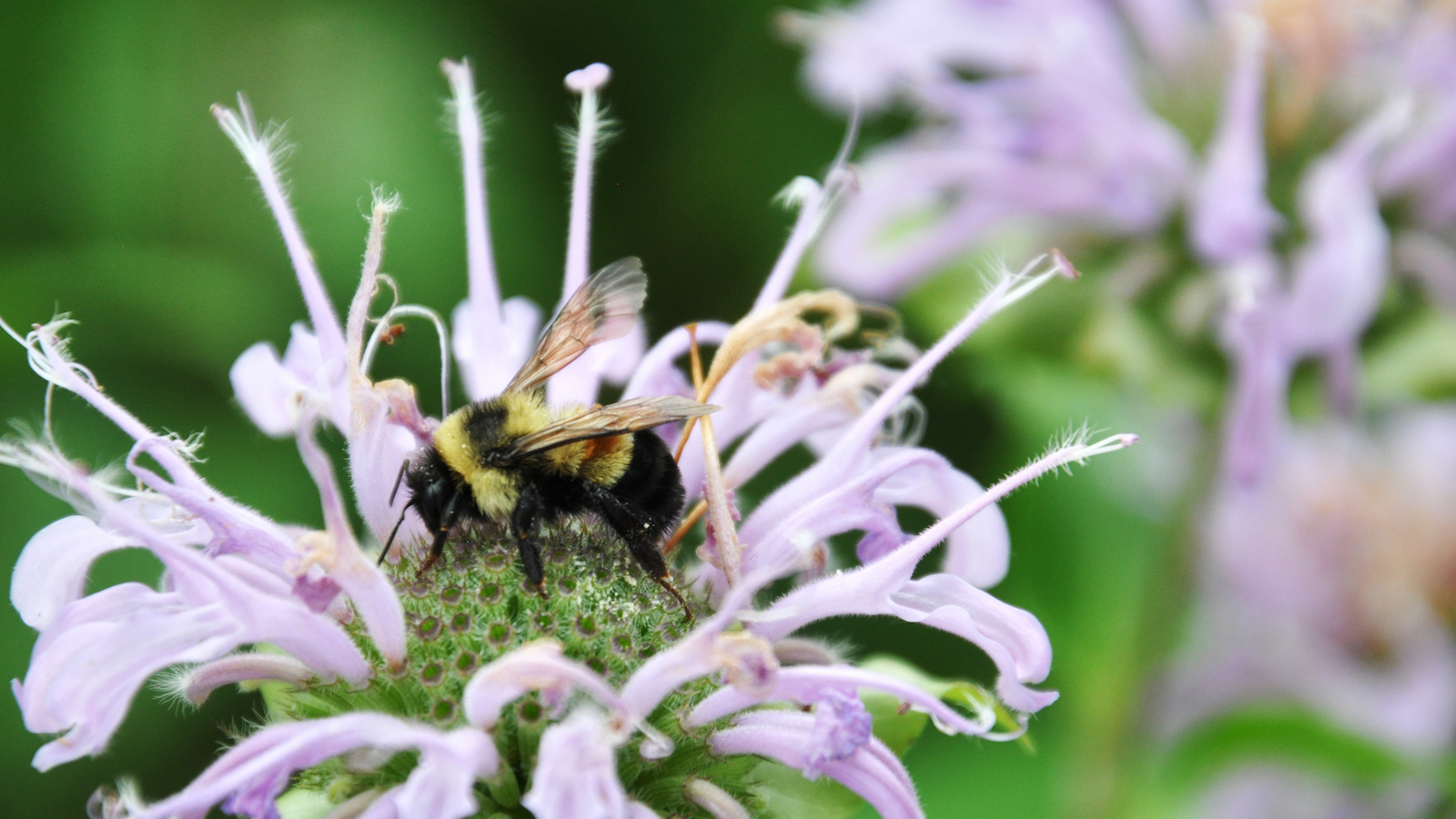
Tell the Fish and Wildlife Service: Give these endangered bees a home
Wild bee species are vanishing before our eyes. States can do something about it.
Take Action
Where have all the bees gone?
Scientists have been searching far and wide for bees in the wild. But, since the 1990s, the number of species they’ve been able to find has dropped dramatically. Between 2006 and 2015 alone, that number fell 25%.
This decline has alarming implications—for the bees, for the ecosystems that depend on them, and for our food supply.
Wild bees augment the work of species in managed hives, and their survival can offset population declines among domesticated honeybees who suffer from disease outbreaks or other threats to their continuance. Across the globe, bees are divided among seven families, some of which are facing population declines as large as 41%. Many of the species of wild bees are monoletic, meaning they specialize in the pollination of one plant.
Growth, and the consequential loss of habitat and increased reliance on harmful bee-killing pesticides, has meant that wild bees are more imperiled than ever. Nonnative insects and other species introduced to aid in agriculture are still another threat.
As natural habitat disappears, so too do the bees, from our lives and our planet. Even if our climate stabilized and bee-killing pesticides disappeared, bees would still need more habitat—including the plants that evolved together with the bees that pollinate them.
Fortunately, there’s a simple yet effective step that will give more bees a chance: planting bee-friendly habitats. Thousands of trees and plants depend on bees for pollination. In addition to supporting homeowners in planting gardens with an abundance of diverse, flowering native plants, governments can make use of state-owned land to plant low-maintenance plant species on which pollinators thrive.
Even seemingly inconsequential and otherwise unproductive state-owned land—from roadsides to lawns and fields—can be transformed into pollinator havens. That’s why we’re asking governors across the country to take action.
It’s a winning strategy. A 2019 study found that bees and other pollinators thrive in cities and towns when the right kinds of plants are allowed to grow in public gardens and parks.
If we’re successful in planting new habitat, we won’t have to wonder where all the bees have gone. In fact, we’ll know just where to find them.
In the Northern Rockies, gray wolves are tracked, hunted, and slaughtered from the moment they’re born. We won’t rest until wolves everywhere are safe -- but we can’t do it alone. Join the Environmental Action pack in our campaign to save wolves with a donation today.
